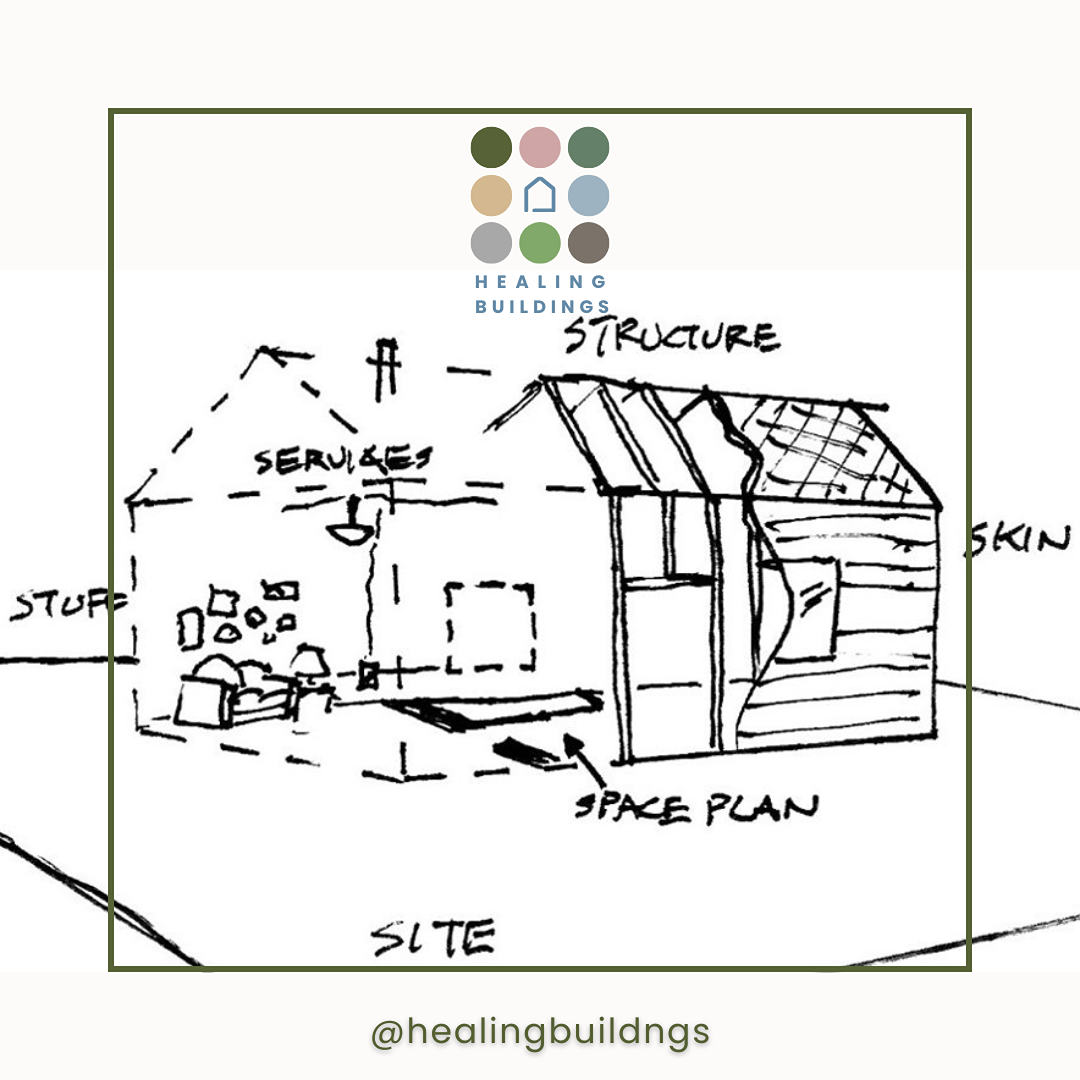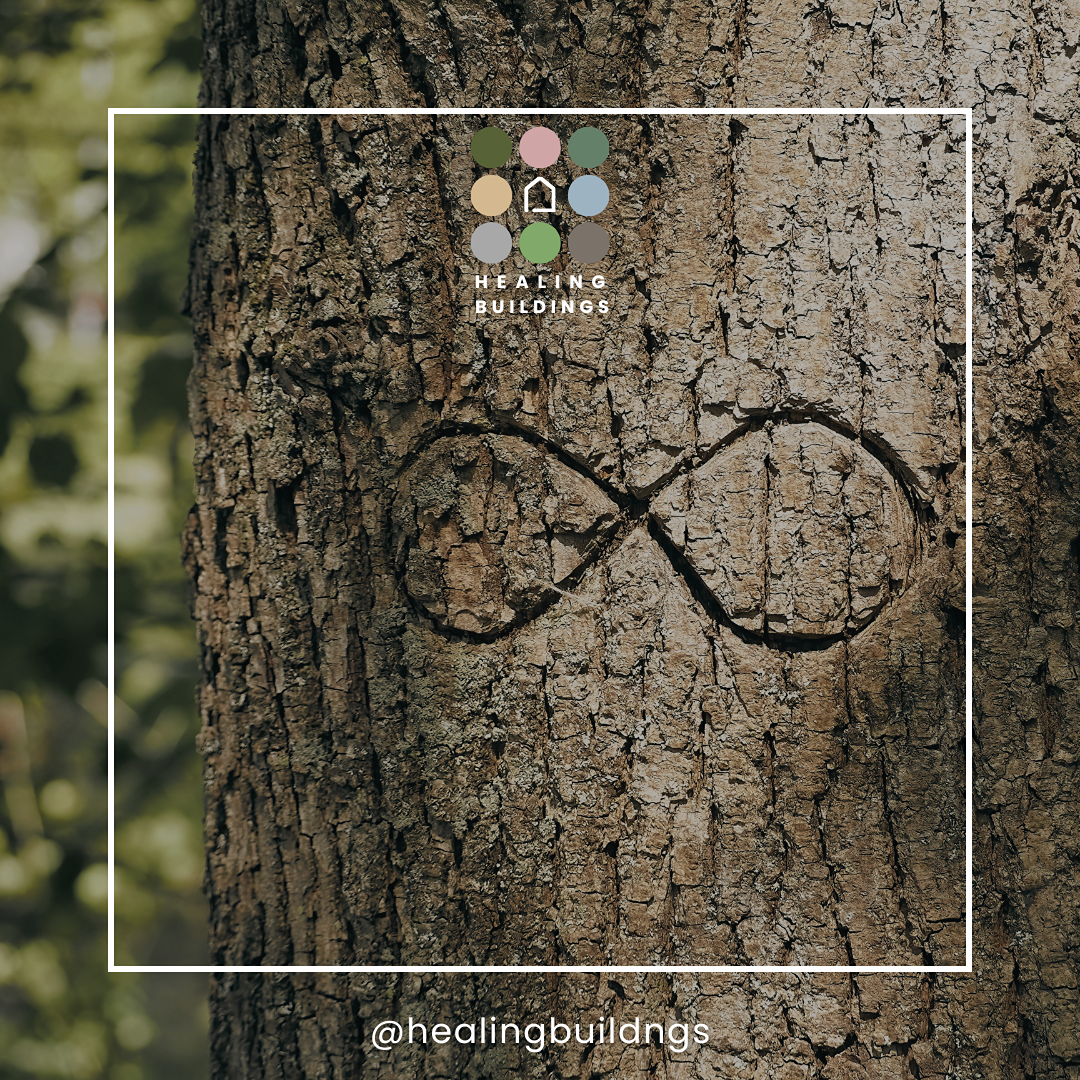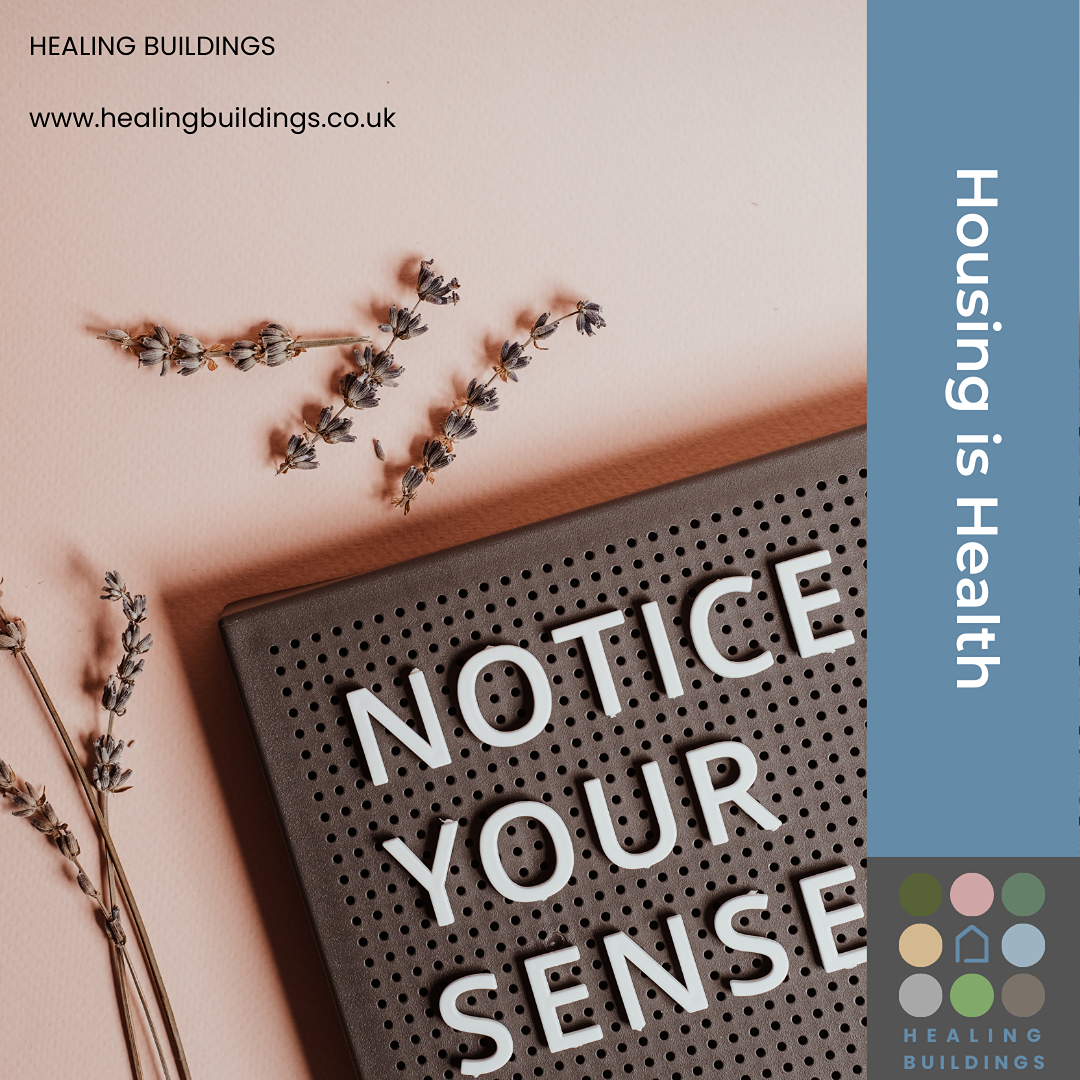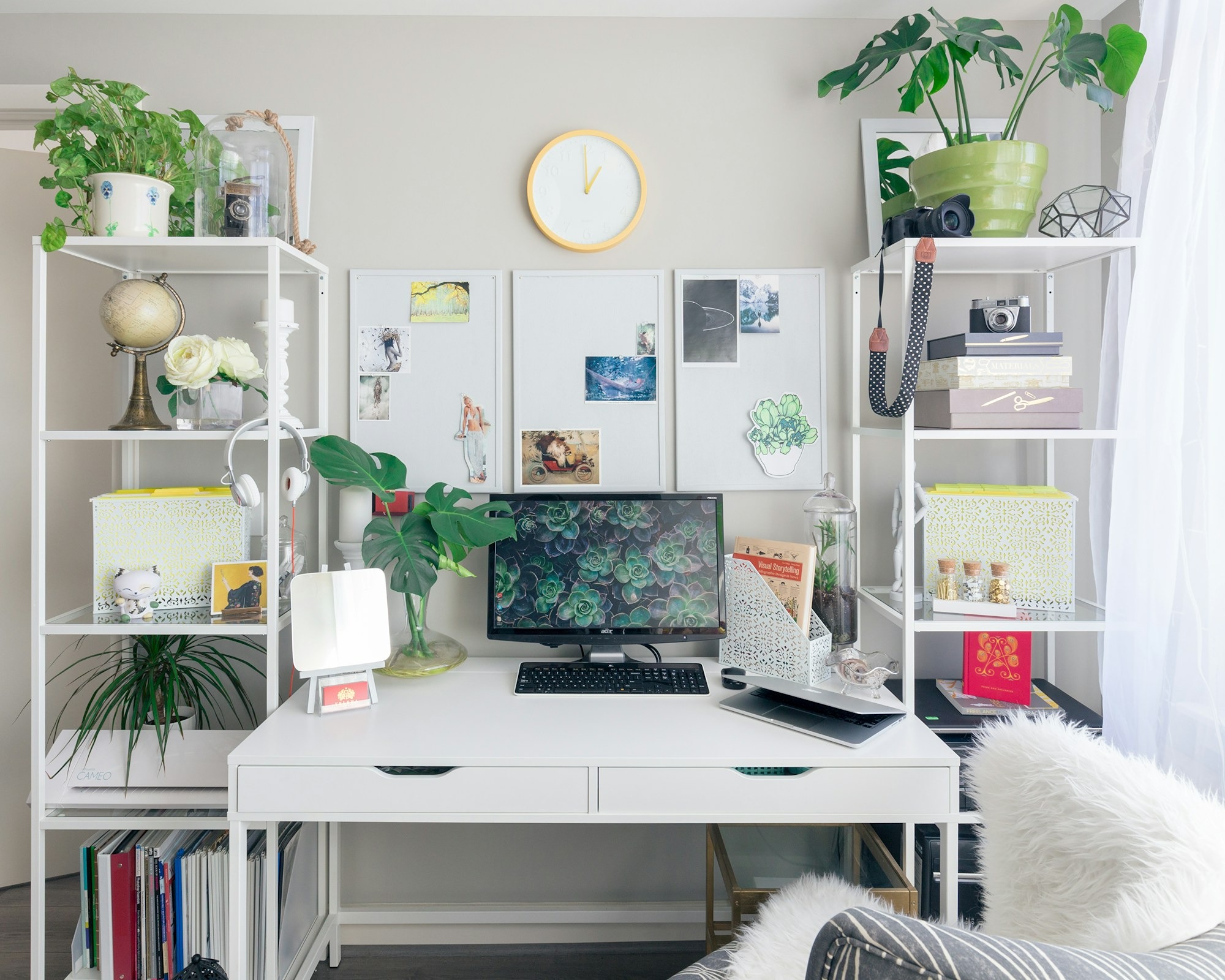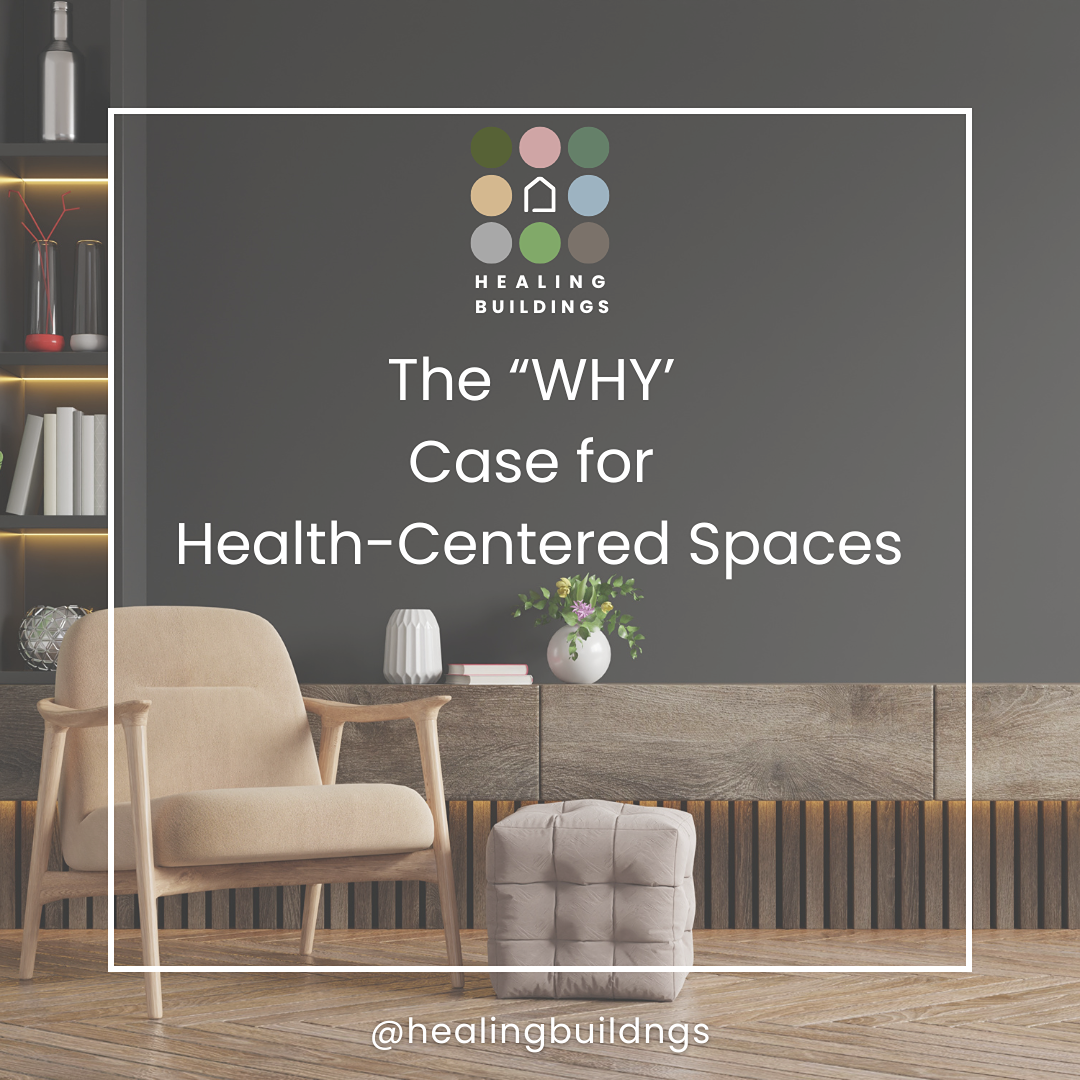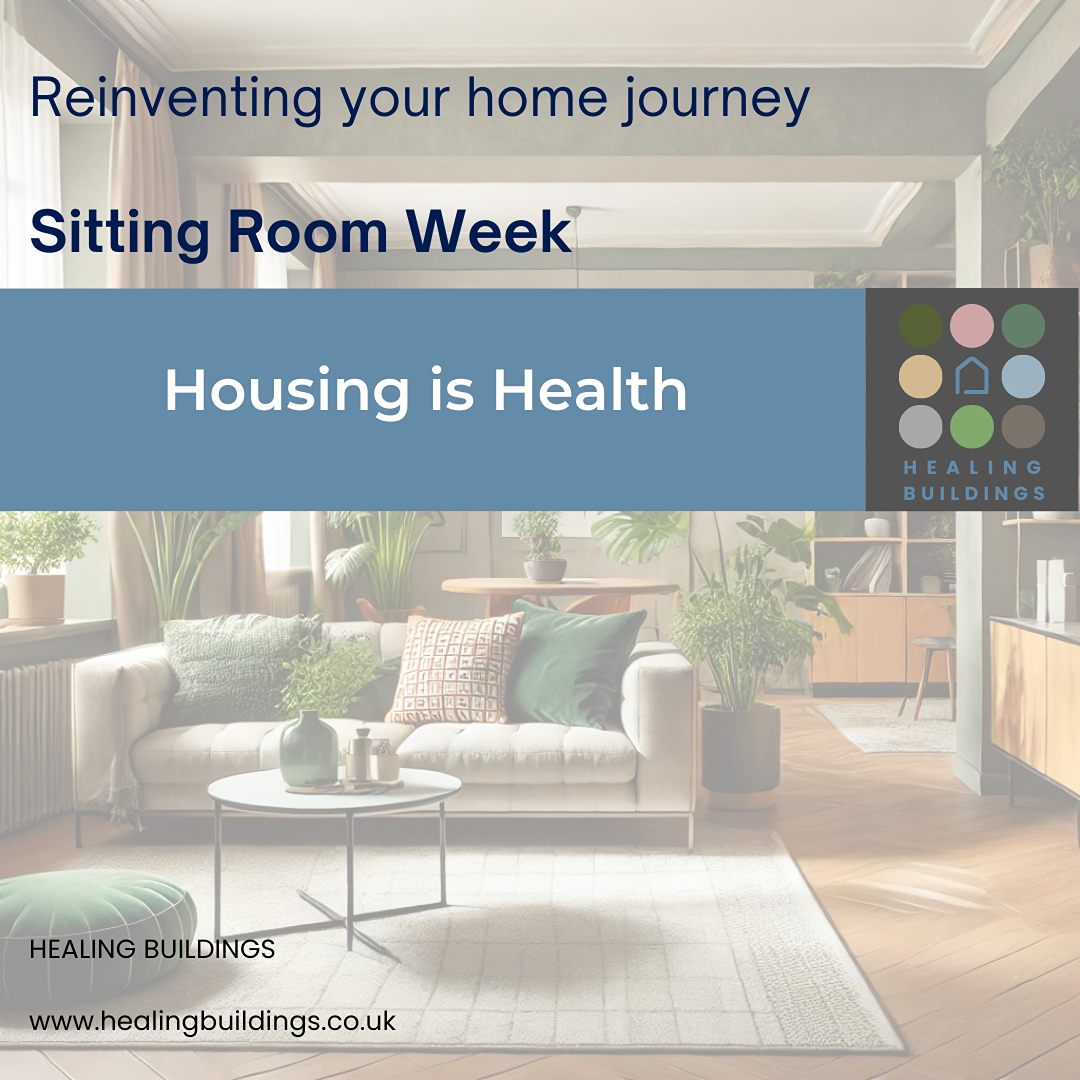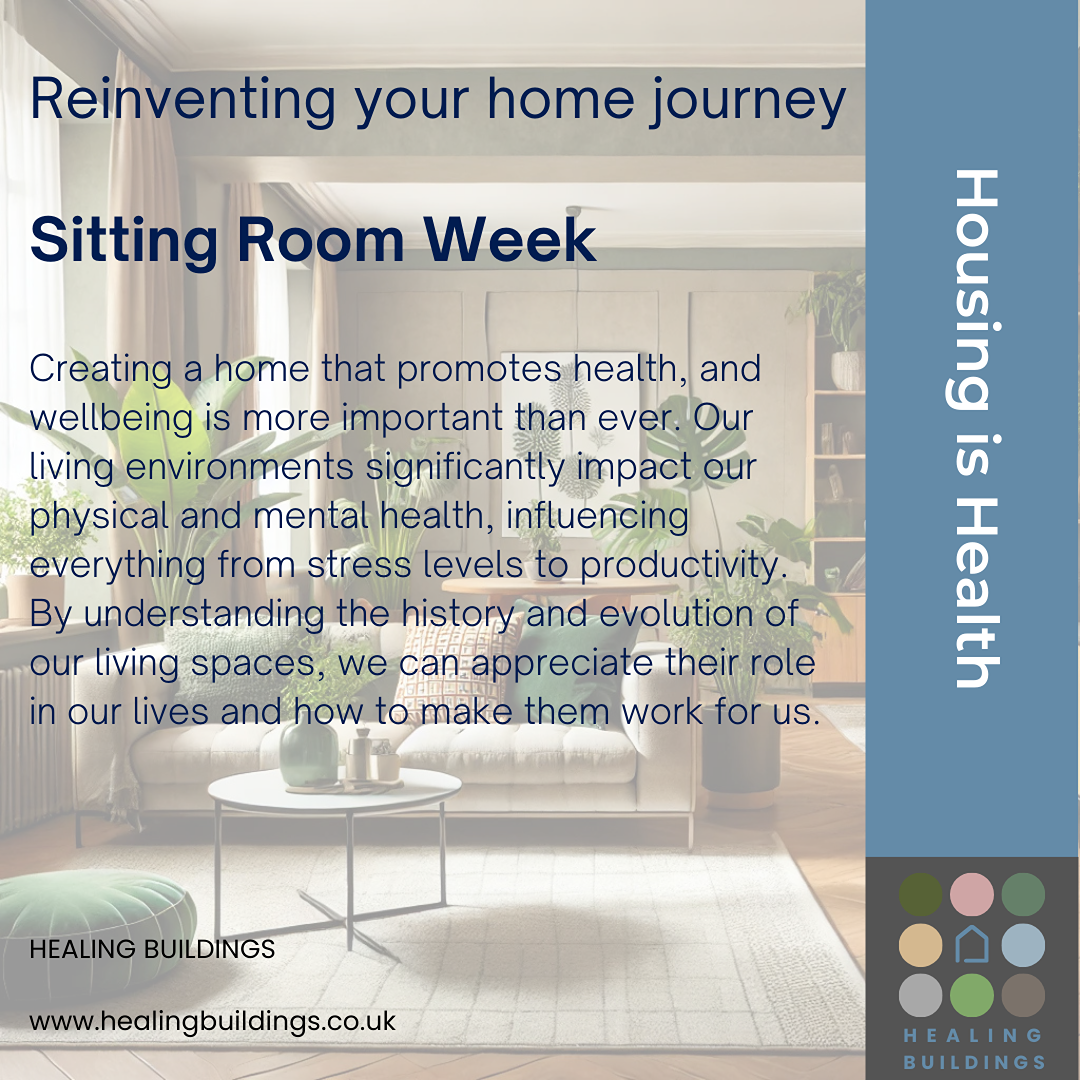When we talk about buildings that heal, we often picture hospitals or sanctuaries.But what if healing begins at home?Over the next seven weeks, we’ll be moving room by room through the home exploring how each space can teach us something about care, connection, and wellbeing.Welcome to The Rooms...
The English Housing Survey (2023–24) found that 39% of households include someone with a health condition — and many of those conditions are linked to poor housing. That’s not a coincidence.For decades, we’ve treated housing as bricks, mortar, and numbers on a spreadsheet. But the truth is...
The journey of daily observations so far has been a mix of discovery and refinement. From experimenting with biophilic design principles to exploring the challenges of collaboration, the lessons learned are shaping what we do, how we do things and when we do things here at Healing Buildings into...
When creating or reimagining a home, there are features that not only add convenience but also enhance the quality of life. Today, on day 14 of our journey into thoughtful home design, we’re taking a moment to reflect on the things that make sense in every house—those simple, practical touches...
January Series: Day 13: Flipping the Script on Healing Homes 13 Lucky charms for Building a Healthy Healing Home We are on day 13 and when it comes to the number 13, some see doom and gloom. But not us! We're flipping the narrative. Thirteen isn’t unlucky—it’s unexpected, it’s...
January Series: Day 12: Seasonal Sanctuary Subtitle: Creating a Healing Home Year-Round Healing Homes: Living Seasonally for a Healthier Life As the seasons shift and the year unfolds, nature reminds us of its rhythms and cycles. Just as the earth adapts, so must we—aligning not...
January Journey Day 11: Building Better, Brick by Brick From Nature to Neuroscience: 11 Ways to Create Healing Space On Day 11 of this exercise, January Journey, we are looking at the 11 foundational principles that shape everything we do at Healing Buildings. I did an simiar writing...
Day 10 Blog: Healthy Homes - The 10 Elements of the WELL Standard In creating healthy homes, we often focus on factors like comfort, design, and energy efficiency. However, there is a growing standard that places a crucial emphasis on the well-being of residents. The WELL Building Standard is a...
As we reach Day 09 , I am going to explore the "Building in Layers" concept—a cornerstone of my architectural thinking that has profoundly shaped my approach to design, teaching, and collaboration. Inspired by Stewart Brand’s How Buildings Learn, this theory views buildings as dynamic,...
Healing buildings are not physical structures, static concepts, or singular ideas. Its a movement—a living philosophy that draws from diverse disciplines, unites different ideas, and weaves them into a holistic approach to health and wellbeing. This movement, rooted in collaboration and...
January Series: Day 06 Exploring the sixth Sense and the Concept of "Umwelt" Our relationship with the spaces we inhabit is deeply personal and shaped by how we perceive the world around us. This perception is influenced by our "umwelt"—a term from biology describing the unique...
Enhancing Spaces with Neuroarchitecture. The spaces we live and work in influence how we feel, think, and interact. (One of my favorite statics - if you get to 80 years old you have spent 72 years on average inside!) Yet, many buildings fail to engage with the full spectrum of human...
January Reflections: Day 04 Seasons of Healing: Healing Homes Through the Seasons Introduction We often take the seasons for granted, reducing their presence to discussions about weather. But seasons profoundly shape how we live and thrive. They bring rhythms of light, temperature,...
January ReflectionsDay 03 Granting Ourselves Three Wishes for Healthier Homes At Healing Buildings, we believe that small, intentional changes can transform the spaces we live in. Today, on Day 03 of this journey, we’re granting ourselves three wishes for healthier homes. These wishes...
Introduction: Healing Buildings and a Month of Exploration January Reflections: Introducing Healing Buildings and the Path to Healthier Spaces Healing Buildings exists to transform the spaces we inhabit into sources of well-being, equity, and regeneration. The built environment is more...
Introduction The need to heal buildings and spaces is at the cornerstone of a healthier, more equitable future. But who is responsible for making them a reality? The answer: everyone has a role. From architects and engineers to policymakers, developers, and individuals, creating healthy buildings...
IntroductionIn a world increasingly focused on health and sustainability, we need to heal the built environment. Buildings and spaces must go beyond mere functionality to actively enhance the physical, mental, and emotional health of their occupants. Health (and housing) is not a privilege; it is a...
Why should healing buildings matter to us all? The answer lies in their profound potential to transform lives, communities, and even societies. We need to heal the built environment so that buildings and spaces are not just about aesthetics or luxury; they are about necessity—meeting our...
The Living Room as a Wellness Space: Enhancing Your Environment for Health Design Choices That Prioritise Physical and Mental Wellbeing Introduction: The living room is more than just a space for gathering; it should actively contribute to the health and wellbeing of those who use it....
The Living Room Through Time: A Journey of Comfort and Connection How the Living Room Evolved to Become the Heart of the Home The living room, often considered the centerpiece of a home, has undergone significant transformations throughout history. From its origins as a...









